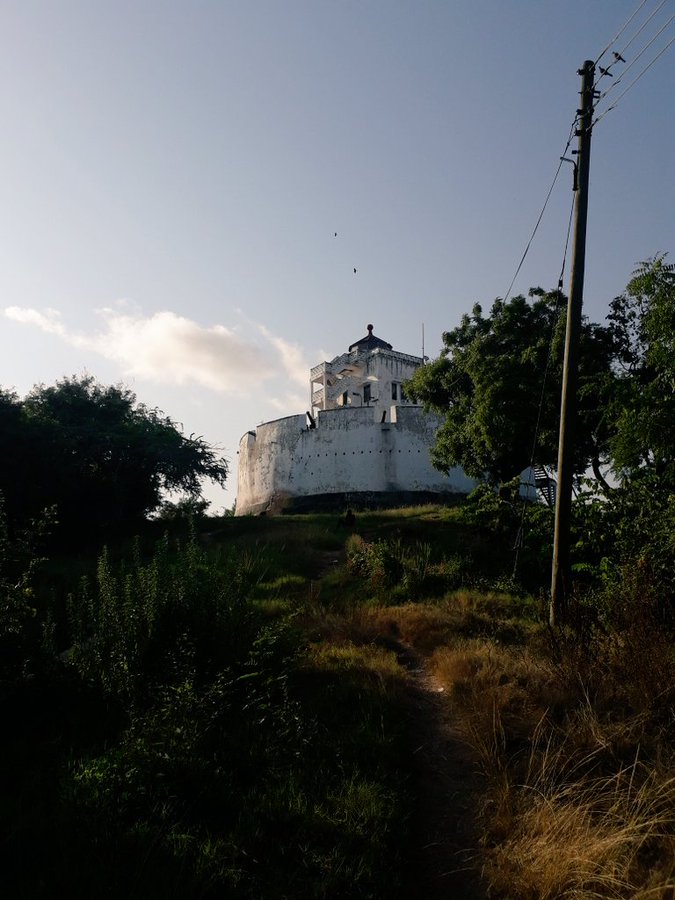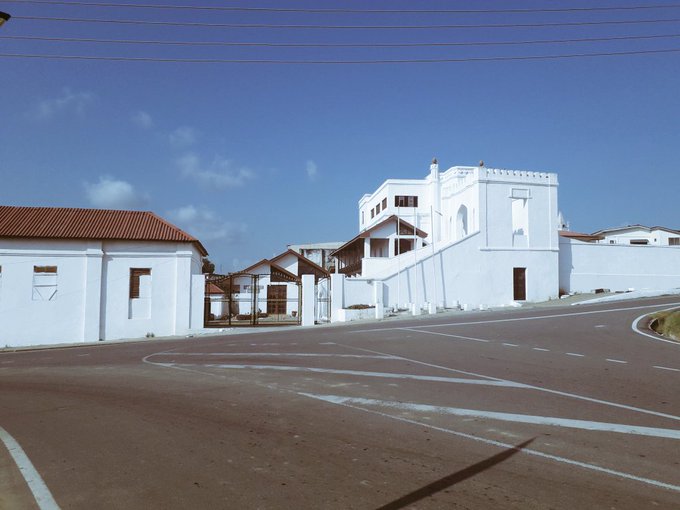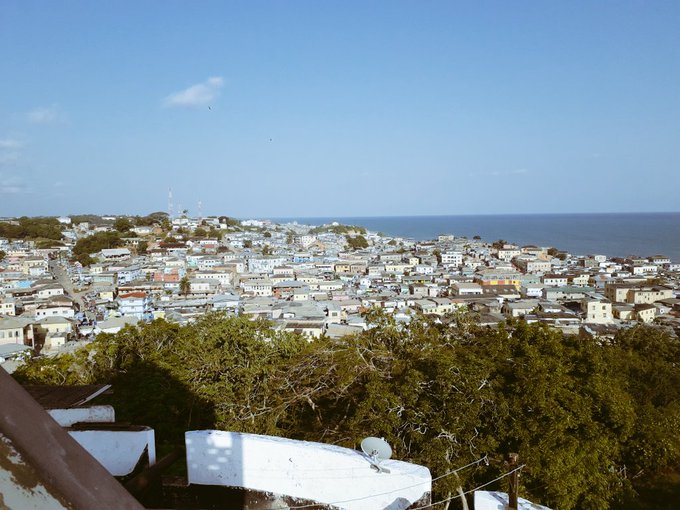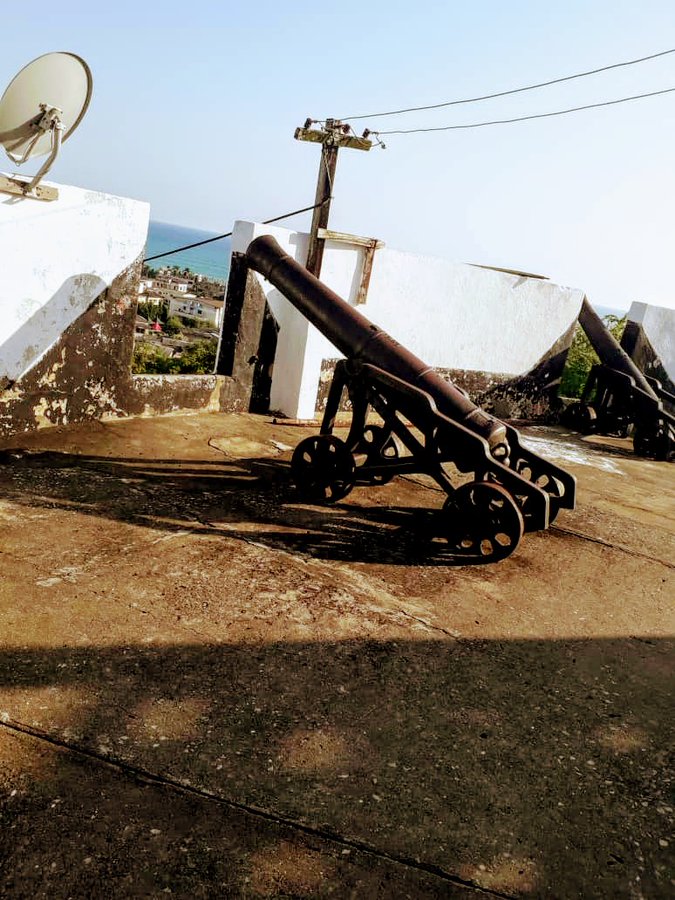




Cape Coast
Traveling Light@travelinglight
1 year ago
Cape Coast Castle is one of the most significant and historically important landmarks on the coast of Ghana, with a deeply tragic legacy tied to the transatlantic slave trade. It stands as a powerful symbol of European colonization, the slave trade, and the human suffering endured during that dark period. Today, it is a UNESCO World Heritage Site and a major tourist attraction, drawing people from around the world who come to learn about its history and to pay homage to those who suffered within its walls.
Cape Coast Castle was originally built by the Swedish Africa Company in 1653 as a small wooden fort, primarily to facilitate the gold and ivory trade along the West African coast. The location of Cape Coast made it an important trading post for European powers, who were eager to exploit the region's natural resources.
In 1664, the fort was captured by the British and subsequently expanded into the stone structure that exists today. Under British control, the fort grew into a much larger and more fortified castle, and by the late 17th century, it became one of the principal centers for the transatlantic slave trade.
During the height of the transatlantic slave trade, Cape Coast Castle became one of the major departure points for enslaved Africans bound for the Americas and the Caribbean. The British, who controlled the castle, used it as a place to hold enslaved men, women, and children before they were shipped across the Atlantic.
Thousands of Africans were captured from the interior regions and brought to Cape Coast Castle, where they were kept in inhumane conditions in dark, overcrowded dungeons for weeks or even months. The castle’s dungeons were divided by gender: men in one section and women in another. The conditions were horrific—poor ventilation, little light, disease, and extreme physical and emotional suffering.
Once sold to European traders, the enslaved Africans were marched through the “Door of No Return” at the rear of the castle and loaded onto ships that would take them to the Americas. For many, this was the last glimpse of their homeland.
By the late 18th century, the transatlantic slave trade was facing increasing opposition, especially in Britain, where abolitionist movements were gaining momentum. The British abolished the slave trade in 1807, but the effects of slavery continued for decades.
Although the slave trade declined, Cape Coast Castle remained under British control and served other functions. Eventually, in 1877, Cape Coast Castle became the seat of the British colonial government in the Gold Coast (now Ghana) before the capital was moved to Accra.
Today, Cape Coast Castle is a symbol of both the horrors of the transatlantic slave trade and the resilience of those who endured it. The castle has been transformed into a museum that chronicles the history of the castle, the transatlantic slave trade, and the impact of European colonization in Africa.
Visitors to the castle can tour the dungeons where enslaved Africans were held, the governor's quarters, and the chapel that was built above the male dungeon—a haunting juxtaposition of power and suffering. One of the most poignant moments of the tour is passing through the "Door of No Return," which serves as a solemn reminder of the countless lives lost during the trade.
Cape Coast Castle is also a place of pilgrimage for members of the African diaspora, many of whom visit to connect with their ancestral history. In addition to its role as a historical site, it has become a space for reflection, remembrance, and education about the transatlantic slave trade and its lasting legacy.
📍Cape Coast Castle, Ghana
Photo Credit:ColdeNathanael
#neighbors
